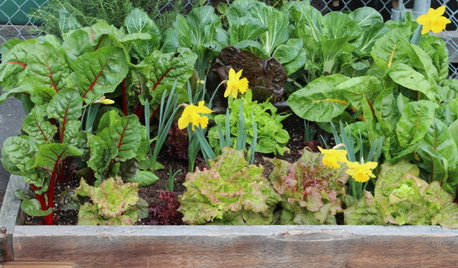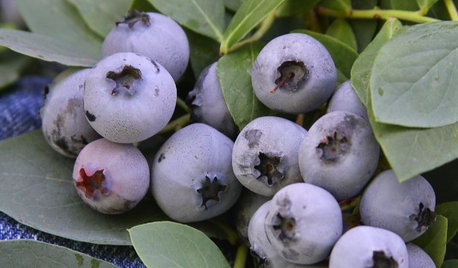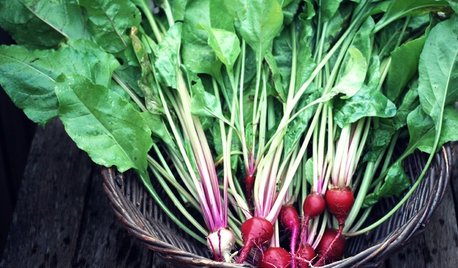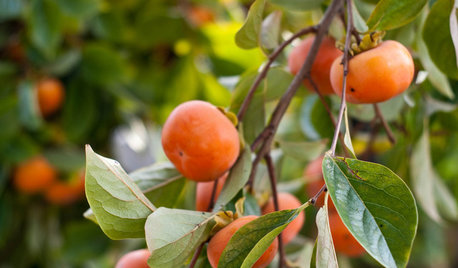Using Bulk Corn Meal or Soy Bean Meal to Improve Garden Soil
deep_roots
17 years ago
Featured Answer
Sort by:Oldest
Comments (13)
Kimmsr
17 years agoDibbit
17 years agoRelated Professionals
Signal Hill Landscape Architects & Landscape Designers · Kearny Landscape Contractors · Lakeville Landscape Contractors · Little Ferry Landscape Contractors · Mission Viejo Landscape Contractors · Rochester Landscape Contractors · Selma Landscape Contractors · Dearborn Decks, Patios & Outdoor Enclosures · Huber Heights Decks, Patios & Outdoor Enclosures · Monroe Decks, Patios & Outdoor Enclosures · North Myrtle Beach Decks, Patios & Outdoor Enclosures · Orland Park Decks, Patios & Outdoor Enclosures · Wheaton Decks, Patios & Outdoor Enclosures · Okolona Stone, Pavers & Concrete · Tysons Corner Stone, Pavers & Concretedeep_roots
17 years agoorganicburro
17 years agoDibbit
17 years agoKimmsr
17 years agodchall_san_antonio
17 years agoskagit_goat_man_
17 years agodeep_roots
17 years agoDibbit
17 years agoorganicburro
17 years agokabuti
17 years ago
Related Stories

GARDENING GUIDESThe Poop Scoop: Enrich Your Soil With Good Old Manure
Get over the ick factor already — this natural super-ingredient for soil has so many benefits, you'll wonder why you ever went chemical
Full Story
FARM YOUR YARDGrow a Kitchen Garden in 16 Square Feet
Got a sunny 4-by-4 space? You can make meals more interesting with your own vegetables and herbs
Full Story
EDIBLE GARDENSNatural Ways to Get Rid of Weeds in Your Garden
Use these techniques to help prevent the spread of weeds and to learn about your soil
Full Story
MOST POPULARHow to Start a Cool-Season Vegetable Garden
Late summer and late winter are good times to plan and plant cool-season crops like salad greens, spinach, beets, carrots and peas
Full Story
FARM YOUR YARD10 Easy Edibles to Grow in Containers
These herbs, vegetables and fruits are just as happy in a pot as they are in the ground
Full Story
SAVING WATER11 Ways to Save Water at Home
Whether you live in a drought-stricken area or just want to help preserve a precious resource, here are things you can do to use less water
Full Story
GARDENING GUIDES15 Favorites for Your Summer Edible Garden
Get your summer garden off to a good start with these popular fruits and vegetables
Full Story
EDIBLE GARDENS8 Last-Minute Additions to a Summer Edible Garden
It’s not too late to get these vegetables and herbs planted for a bountiful harvest this year
Full Story
CALIFORNIA GARDENINGCalifornia Gardener's November Checklist
In a season of traditions, let's take advantage of California's familiar — as well as quirky — planting opportunities
Full Story
GREEN BUILDINGHow to Harvest Rainwater for Your Garden
Conserve a vital resource and save money by collecting stormwater for irrigation in a barrel or tank
Full Story





Kimmsr